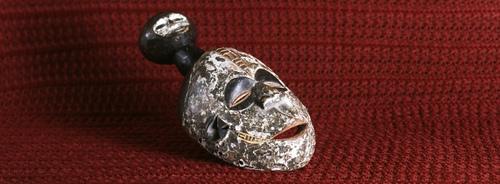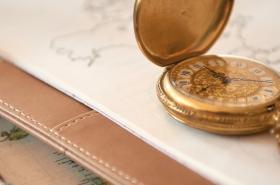Dawn is slowly starting to break; I can hear a faint rhythmic hum in the distance. In the growing pearly light, I can see the faint outline of warrior laden boats gradually making their way to shore, already dancing and waiving their spears in the air.
This is Kinavai, a spectacular ceremony that opens the National Mask and Warwagira Festival in Kokopo, East New Britain, Papua New Guinea. Kinavai has deep spiritual significance to the local Tolai and signifies the landing of the Tolai people in East New Britain. The boats finally make it to the shore to be greeted by a seething crowd, jostling for the best photo position. Amongst the many traditional dressed dancers, the Tumbuan emerge, with round balls of grass with varied conical masks upon their heads and two long, ground stomping legs below.
Aimed at preserving and showcasing indigenous rituals, the National Mask and Warwagira Festival proceeds for 5 days in the PNG humidity. It is the main forum where the mask culture is showcased by performances from all over the country, where both common and rare masks are displayed. Three major categories of mask are displayed. These are the ancestor masks, the spirit masks and the tumbuan masks. Though it has been staged since 1995, the festival is yet to attract the international attention that the longer running Mount Hagen and Goroka shows.
Whilst there is a programme detailing each performance, this is PNG and everything runs on PNG time so you may as well just use the programme to fan yourself. The reality is that the schedule is dictated by the actual arrival of the various tribal groups who turn up in their own good time and basically go straight into the performance area. That being said, it still seems to flow pretty continuously with few extended breaks between.
The commentator spoke mostly in Pidgin and there is a distinct lack of explanation as to what each performance represents, where the particular group hails from and that was disappointing, but the spectacle is still amazing. It is hard to put into words the whole experience as each of your senses is assaulted. Amazing costumes, intricate masks, vivid colours, trance like music and ground thumping dancing make it easy to turn even the beginner photographer into a pro.
Day three saw the start of the Whip dances, a form of initiation for young men that will surely make you flinch Those to be whipped have had their bodies heavily painted and have a lot of green leaf fragments mixed in their oiled hair – giving an almost mould-like appearance. Others carry bundles of long dried gorgor whips that are to be used on the initiates as they brace in varied positions, upright, down on one knee, one arm up, or both. The strike zones are the wrists, ankles and waist. As they take turns whipping the two initiates a surprisingly loud staccato crack sounds and you can actual see the physical impact as the skin yields to the whip. Whilst those in the crowd flinch, those on the receiving end stand stoically until the supply of whips is depleted and then file out to be replaced by two more from a different group.
The highlight of the festival is without a doubt the Bainings Fire Dancers. The Baining people are among the earliest and original inhabitants of the Gazelle Peninsula and currently live in the Baining Mountains to where they are thought to be have been driven by the Tolai people and successive eruptions of the surrounding volcanoes. The origin of these fire dance ceremonies was to celebrate the birth of new children, the commencement of harvests and also a way of remembering the dead. It is also a rite of passage for initiating young men into adulthood. Traditionally it was a men only event and women and children could neither participate nor watch.
The dance is performed at night with the dancers wearing big masks and elaborate outfits made of new leaves. Bodies are heavily oiled and glisten in the firelight as each performer is lead out to the almost hypnotic chant of a the male chorus and the accompanying rhythmic beat of bamboo tubing pounding a large piece of wood. In a almost trance like state they dance around a big fire and from time to time one of the dancers will run into the fire and start kicking logs and embers, sending sparks and embers across the area. The shadows of the masks, the sparks of the fire and the pounding music make this a very dramatic performance.
Who needs to travel to Africa when we have this amazing destination on our door step?
Paul Egan is the senior travel consultant at Egan & Turner Travel Associates. Papua New Guinea is just one of his areas of expertise. To arrange your next holiday with Paul, phone 1800 889 875.













